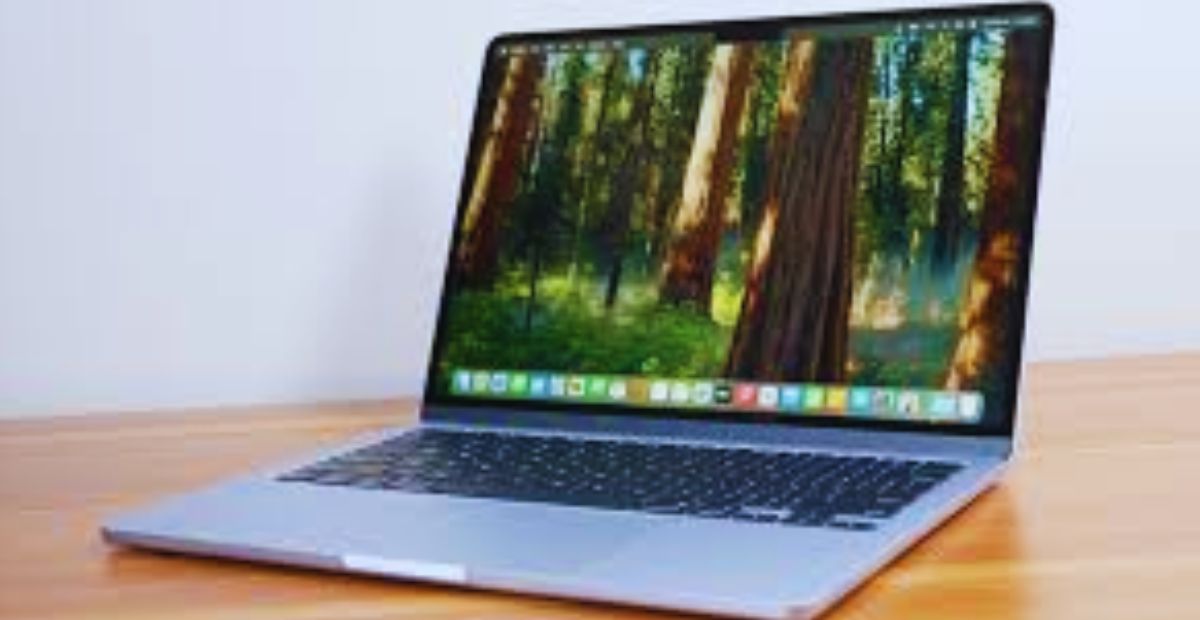In 2025, buying a laptop involves more than just picking a device with the highest specs or the lowest price. With rapid technological advancements, evolving work-from-home trends, and a wide range of consumer needs, finding the right laptop requires a thoughtful approach. This guide will walk you through the essential aspects to consider—specifications, performance, and overall value—so you can make an informed decision that fits your lifestyle and budget.
1. Understand Your Purpose
Before diving into specifications, define what you’ll use the laptop for. Here are a few common user categories:
- Students: Need portability, long battery life, and a decent keyboard for note-taking and assignments.
- Professionals: Require powerful performance, high-quality displays, and reliability for multitasking and productivity.
- Gamers: Look for high refresh rates, powerful GPUs, and advanced cooling systems.
- Creators: Need color-accurate displays, strong CPUs/GPUs, and ample storage for photo/video editing or 3D rendering.
- Casual Users: Focus on affordability, battery life, and basic functionality for browsing, streaming, and emails.
2. Key Specifications to Consider
Let’s break down the most important components to look at when buying a laptop in 2025.
Processor (CPU)
The processor is the brain of your laptop. In 2025, the top-performing CPUs come from Intel’s 14th-gen Core series, AMD Ryzen 8000 series, and Apple’s M3 chips (for MacBooks).
- For basic tasks: Intel Core i3/Ryzen 3 or Apple M3 base.
- For moderate use: Core i5/Ryzen 5 or M3 Pro.
- For heavy workloads: Core i7/i9, Ryzen 7/9, or M3 Max/Ultra.
Memory (RAM)
8GB RAM is the minimum for smooth performance today. However:
- 16GB is ideal for professionals and creators.
- 32GB or more suits gamers, developers, and video editors.
Look for DDR5 RAM, which offers faster performance and better energy efficiency.
Storage (SSD vs. HDD)
Always go for SSDs—preferably NVMe SSDs—for faster boot times and app performance.
- 256GB is acceptable for light use.
- 512GB to 1TB is ideal for most users.
- 2TB+ for heavy data users like creators and gamers.
Graphics (GPU)
- Integrated GPUs like Intel Iris Xe or Apple’s unified GPU are fine for everyday use.
- Discrete GPUs like NVIDIA GeForce RTX 40-series or AMD Radeon RX 7000 are best for gaming and professional creative work.
- Apple M3 chips offer powerful GPU performance integrated directly into their SoC.
Display
Consider these factors:
- Size: 13-14″ for portability; 15-17″ for productivity or gaming.
- Resolution: 1080p is standard, but 2K or 4K provides sharper visuals.
- Refresh Rate: 60Hz is fine for most; 120Hz or more for gaming and smoother scrolling.
- Panel Type: IPS for color accuracy; OLED for deeper blacks and vibrant colors.
3. Battery Life
Battery life depends on usage and hardware. Ultra-portables and MacBooks offer up to 20+ hours, while gaming laptops average 6–10 hours due to their power demands. Choose a device that balances battery life with your performance needs.
4. Build Quality and Design
Build quality affects both aesthetics and durability. Look for:
- Aluminum or magnesium alloy bodies for a premium feel.
- Backlit keyboards for typing in low light.
- Thin bezels for a modern look and more screen real estate.
- Port selection including USB-C, HDMI, and SD card slots for flexibility.
5. Operating System (OS)
- Windows 11 offers compatibility with a vast range of software and hardware.
- macOS (Monterey/Ventura) delivers seamless performance with Apple hardware.
- Chrome OS is ideal for light tasks and budget buyers who mostly use web-based apps.
6. Connectivity and Future-Proofing
Make sure your laptop supports modern connectivity standards:
- Wi-Fi 6E or Wi-Fi 7 for faster internet.
- Bluetooth 5.3 for better range and efficiency.
- Thunderbolt 4/USB 4.0 ports for high-speed data transfer and docking capabilities.
7. Value for Money
Don’t just chase specs. Consider:
- Brand reputation and after-sales support
- Warranty and upgrade options
- Actual user reviews and professional benchmarks
Sometimes, spending a little more upfront saves you from frequent replacements or poor performance.
Conclusion
Choosing the right laptop in 2025 is all about balance. By understanding your needs and aligning them with the right specifications and features, you can find a machine that delivers both performance and value. Whether you’re a student, a gamer, a creative professional, or just need something reliable for everyday tasks, there’s a perfect laptop out there waiting for you.
Take your time, do your research, and make a choice that suits your future—not just the present.
